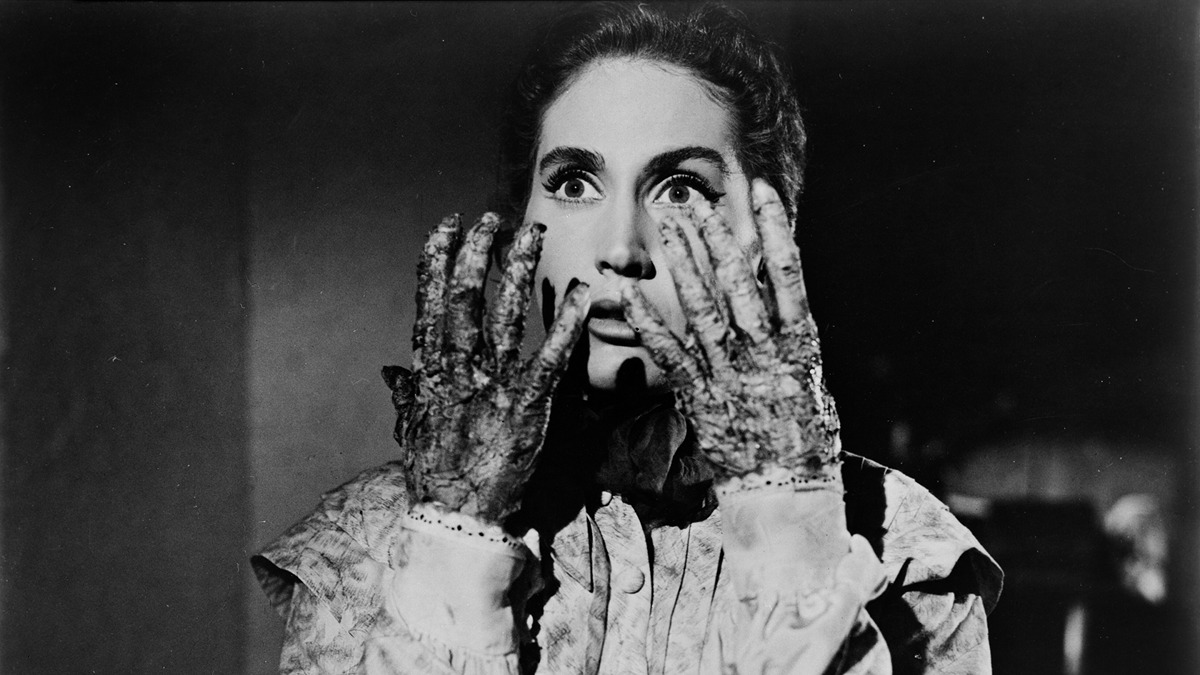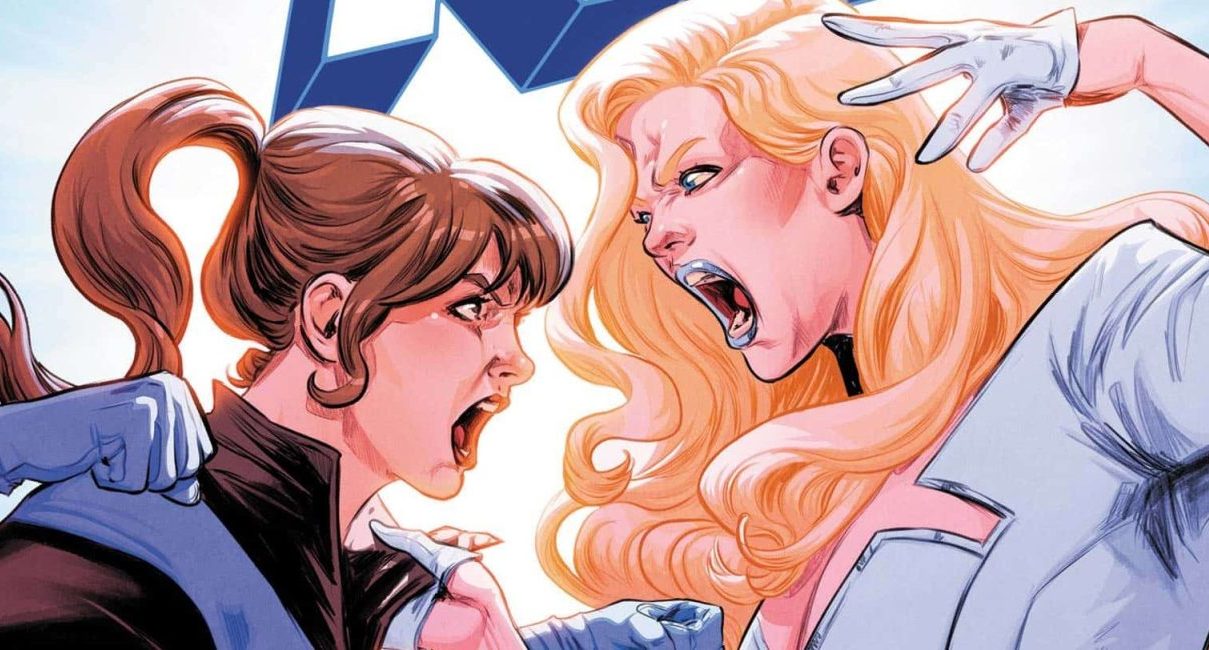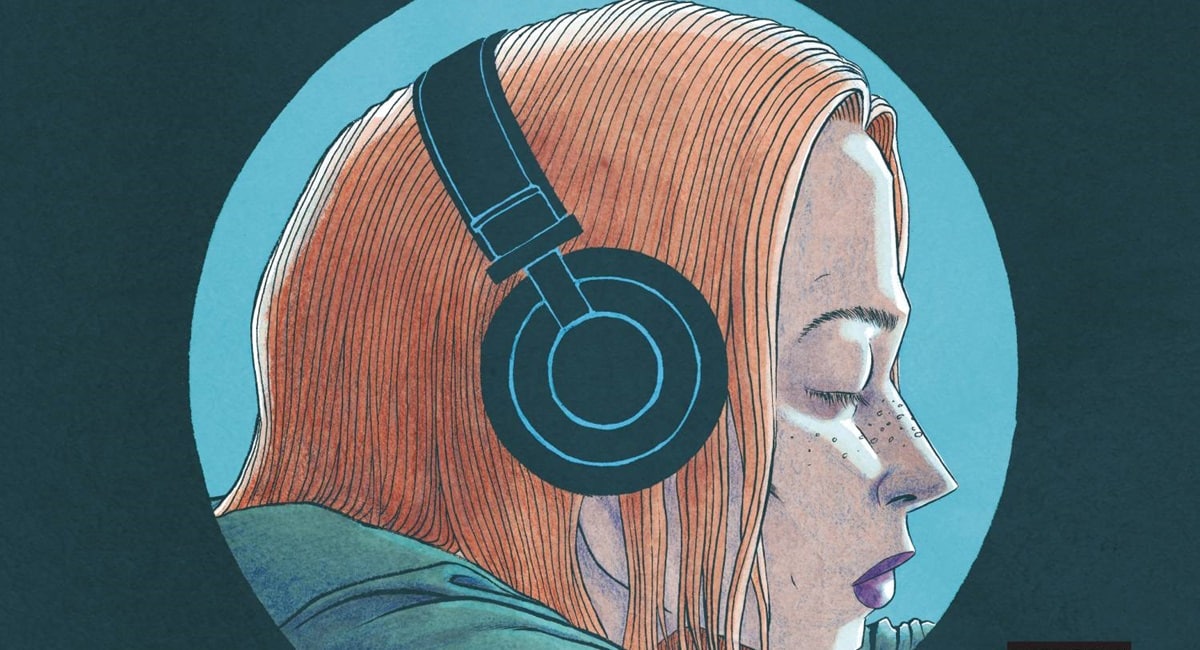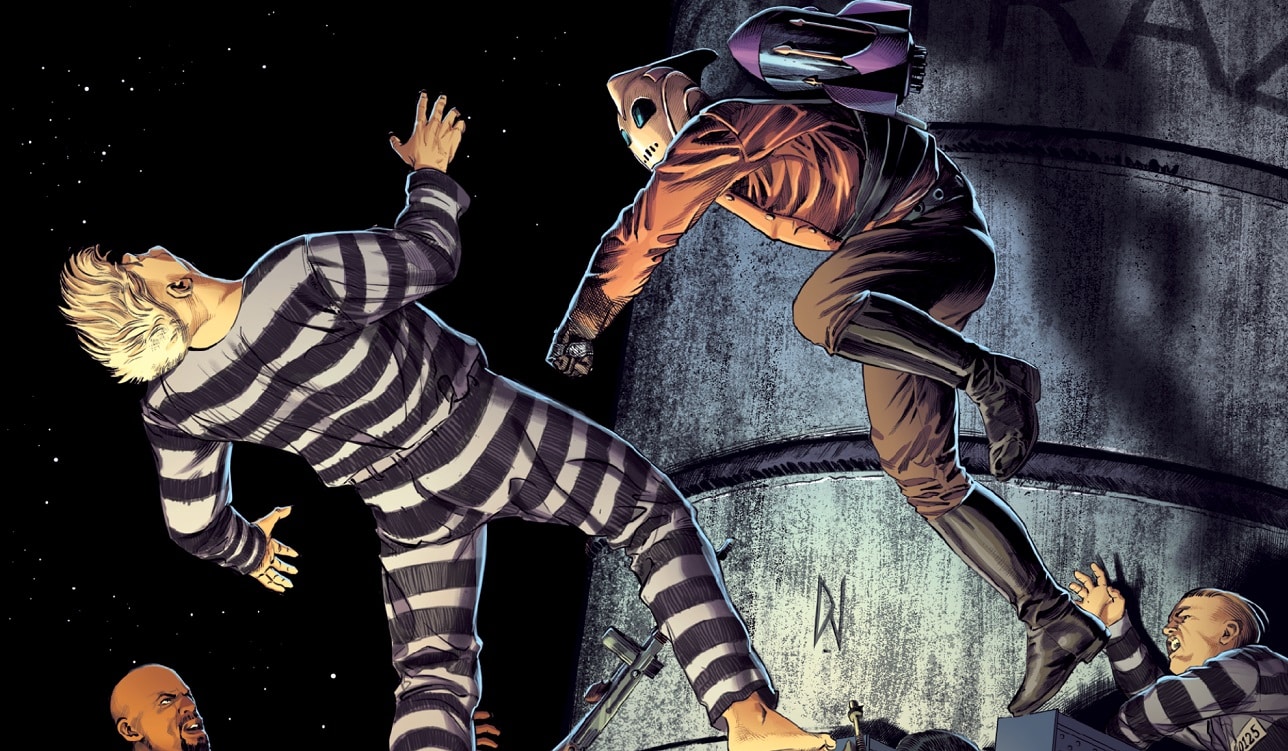At Dorkaholics, we believe there’s a dork in everyone, and we aim to bring that inner dork out into the world. Recently, I had the opportunity to sit down with Juliette Eisner, the director behind the new Stanford Prison Experiment: Unlocking the Truth documentary series. In our discussion, Juliette shared her journey into uncovering the untold stories behind one of the most infamous psychological studies of the 20th century.
How Juliette Eisner Was Drawn to the Series
Juliette Eisner discovered her fascination with the Stanford Prison Experiment during the summer of 2020. Amid the pandemic lockdown and social unrest, she came across an article that referenced the study. Although she had never formally studied psychology, her curiosity was piqued. Diving into research, she was surprised to find that the voices of the actual participants had largely been overshadowed by Dr. Philip Zimbardo, the psychologist behind the experiment.
“I was curious,” Juliette explained. “Most of what was out there was Zimbardo’s narrative. I wondered what the participants had to say about their experiences.”
The Journey to Uncovering Hidden Stories
Determined to hear directly from the participants, Juliette spent countless hours combing through Stanford’s archives to track them down. The task was challenging—many participants were only known by aliases or their assigned prisoner numbers. However, when she finally reached them, she was met with responses that challenged the conventional narrative.
“Almost every single person I spoke to told me that the story wasn’t what it seemed or that it was a lie,” Juliette revealed. This discovery set the tone for her documentary series, which sought to revisit the events of the Stanford Prison Experiment through the eyes of those who lived it.
Challenging Preconceived Notions About Human Nature
The Stanford Prison Experimentis often referenced as a shocking demonstration of how ordinary people can turn cruel when placed in positions of power. Yet, as Juliette dug deeper, she found that the reality was far more complex.
“I’ve always been interested in the question of good versus evil,” Juliette said. “What was compelling was learning that maybe the experiment wasn’t what it seemed. It was fascinating to unravel those ideas.”
The documentary captures these complex dynamics through firsthand accounts, including those of Dave Eshleman, known as “John Wayne,” who took on the role of an abusive guard, and Clay Ramsay, a prisoner who went on a hunger strike to protest the conditions.
Dr. Zimbardo’s Involvement and the Ethics of the Experiment
In the documentary, Juliette conducted a lengthy interview with Dr. Philip Zimbardo, who recently passed away. Over the course of six hours at his home, they discussed not only his role in the experiment but also the criticism it has faced over the years. Juliette was clear in her assessment: while Zimbardo’s experiment sparked important conversations, it was far from a scientifically rigorous study.
“I would not call the Stanford Prison Experiment a scientific experiment,” Juliette stated. “There was very messy data gathering, if you can even call it that.”
The documentary series challenges viewers to reconsider the experiment’s ethical implications, especially when it comes to the psychological well-being of the participants. Despite its flaws, Juliette acknowledges that the experiment raised crucial questions about authority, human behavior, and the potential for cruelty.
Recreating the Prison for a Powerful Reunion
One of the highlights of the series is a reunion of several of the original participants, held in a meticulously reconstructed set of the Stanford basement where the experiment took place. Juliette described the experience as a powerful moment that allowed the participants to revisit the space where their lives had been changed.
“Bringing everyone back together was a huge undertaking,” Juliette shared. “We recreated the hallway using blueprints and research from the Stanford archives. It was incredible to see them walk through it again after all these years.”
The Documentary’s Unique Approach to Storytelling
Juliette’s documentary takes a fresh approach by blending archival footage with modern-day interviews and carefully crafted recreations. In episode two, the series reveals that some of the scenes the audience may assume are archival footage are actually reenactments. This choice was deliberate, as much of the original experiment was not filmed, and the reenactments help fill in the gaps in the participants’ stories.
“We needed visuals to support these stories,” Juliette explained. “The recreations allowed us to bring these untold narratives to life.”
What Made Juliette Eisner a Dork?
As our conversation came to a close, I couldn’t resist asking Juliette what made her a dork growing up. Her answer? “Reading. I was that kid who always had her nose in a book, preferring to read instead of going to sleepovers.”
Her passion for uncovering the truth and bringing stories to light shines through in her work, and this documentary is no exception.
Conclusion
Juliette Eisner’s Stanford Prison Experiment: Unlocking the Truth documentary series offers a fresh perspective on a decades-old study that has become a touchstone in psychology and ethics. By giving voice to the participants who lived through it, she challenges viewers to rethink everything they thought they knew about the experiment.
Whether you’re a psychology enthusiast or simply curious about the human condition, this series is a must-watch. Be sure to check it out on National Geographic and dive into the untold stories behind the infamous Stanford Prison Experiment.
Thanks for reading this article!
If you’d like to share your thoughts in reaction to what you just read, then feel free to leave a comment below or click here to submit your own opinion piece. The Dorkaholics Team is always on the look for new, additional voices to join us, share their own unique perspectives, and contribute to the diverse platform we are building in our corner of the internet and pop culture community.
Neil Bui
I'm a self-proclaimed "professional dork." I've always been drawn to the creative and imaginative worlds found in comic books, video games, and other forms of entertainment, and I believe that these stories and characters have the power to inspire and bring people together. Through Dorkaholics, I've had the opportunity to attend conventions, interview some of my favorite artists and creators, and connect with a community of like-minded individuals who share my passion for all things dorky. When I'm not writing about the latest pop culture trends, you can usually find me playing video games, reading comic books, or exploring new fandoms. I'm thrilled to be able to share my love of pop culture with the world through Dorkaholics, and I hope to continue to inspire and entertain fellow dorks for years to come.



















 English (US) ·
English (US) ·